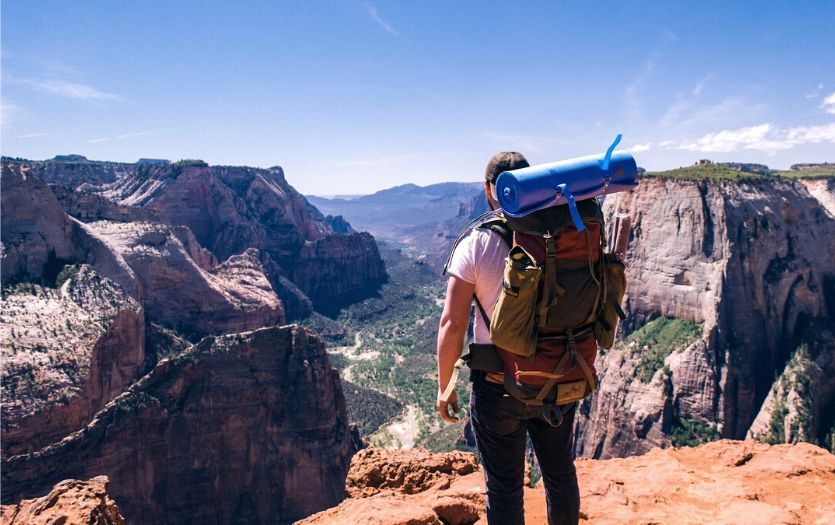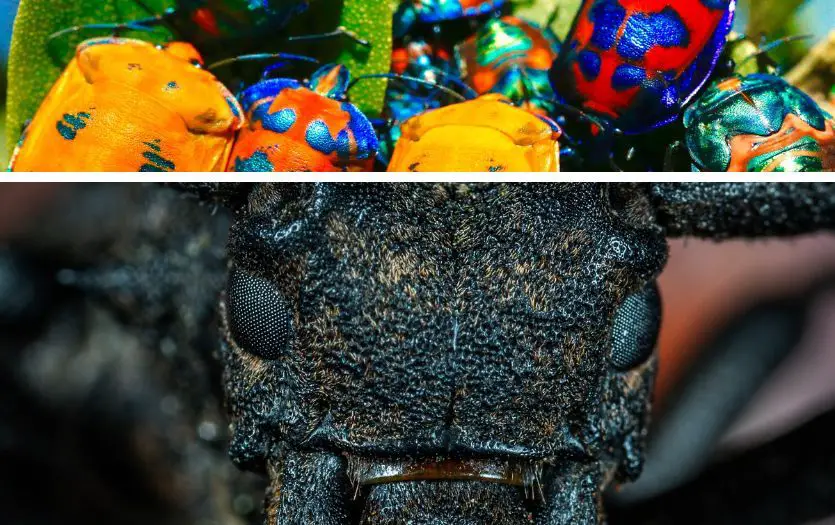Hunting Beyond Limits: Understanding Carrying Capacity for Sustainable Game Management
Understanding & managing carrying capacity is crucial for maintaining healthy and balanced ecosystems. It is important for hunters, wildlife managers, and conservationists to consider carrying capacity when making decisions related to hunting and wildlife management. Read our blog to find out more.
Hunting is a beloved pastime for many, but it's important to remember that it also plays a crucial role in wildlife management. For any hunter, having an understanding of carrying capacity is key to keeping game populations healthy and sustainable.
Whether you’re a novice or a seasoned outdoorsman, mastering the concept of carrying capacity in your favorite hunting spot can make all the difference between a successful hunt and one that's doomed before it starts.
Learn what carrying capacity means for game management and how to use it responsibly as we dive into this important topic!
What is Carrying Capacity in Hunting?
When it comes to hunting and wildlife management, carrying capacity is a crucial concept to understand. But what exactly is it?
Simply speaking, carrying capacity is the maximum number of individuals of a particular species that an area can support without negative impacts on the population or its environment. This can include factors such as food and water availability, disease, and predation.
How is it determined
Determining carrying capacity is not a straightforward process and it often involves a combination of scientific research, data analysis, and field monitoring. Factors such as the species' reproduction rate, population density, and the availability of resources all play a role in determining the carrying capacity of an area.
Factors affecting carrying capacity
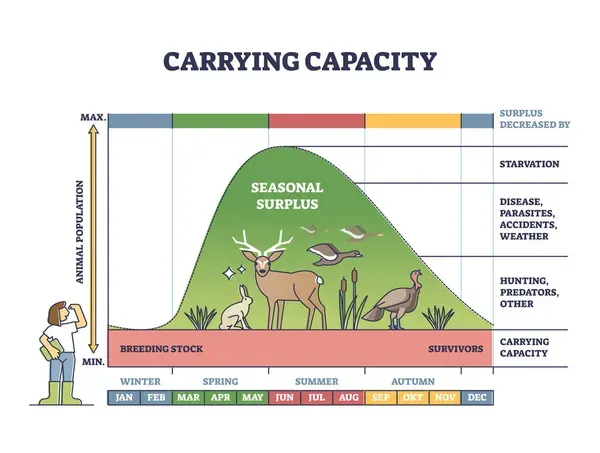
Carrying capacity is affected by the capacity of the habitat to support the species. So any limiting factor that affects the habitat will affect the carrying capacity indirectly.
This includes:
- Availability of food, water, shelter, and other resources.
- Predation of animals.
- Diseases.
- Extreme climatic changes.
- Hunting.
It's important to note that carrying capacity can change over time due to natural or human-induced changes to the environment such as or invasion/ introduction of non-native species.
By understanding carrying capacity, we can ensure sustainable hunting practices and maintain healthy and balanced ecosystems for future generations to enjoy.
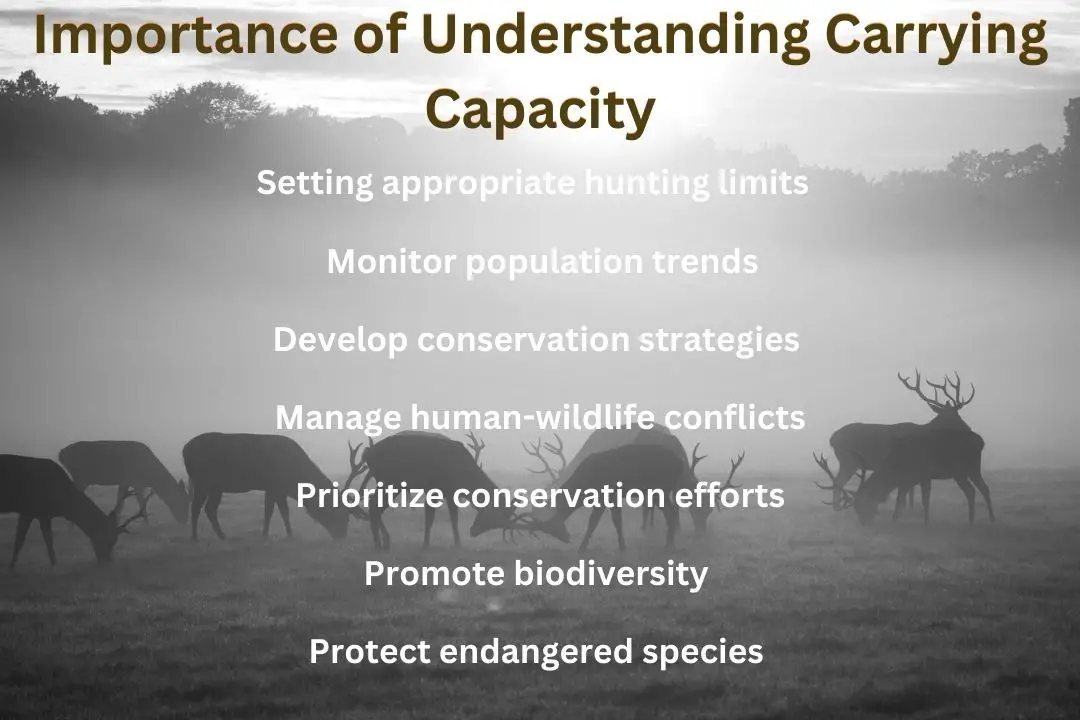
Significance of Carrying Capacity
Understanding carrying capacity is important in wildlife conservation as it can be used to:
- By understanding the carrying capacity of an area, wildlife management agencies can set hunting limits that ensure that the population of a species remains healthy and sustainable.
- Regular monitoring of population trends can help to detect changes in carrying capacity and make adjustments to hunting limits as needed.
- Knowledge of carrying capacity can be used to develop conservation strategies that take into account the needs of the species and its habitat.
- Understanding carrying capacity can help to mitigate human-wildlife conflicts by managing human activities in a way that does not exceed the carrying capacity of an area.
- Understanding carrying capacity can help to prioritize conservation efforts by focusing on areas and species that are most at risk of overpopulation or habitat degradation.
- By maintaining healthy and balanced ecosystems, understanding carrying capacity can help to promote biodiversity and conserve a wide range of species.
- Carrying capacity information can be used to establish protected areas, set hunting limits, and develop management plans to help endangered species recover and thrive.
Impact of Exceeding Carrying Capacity
When the number of animals in a habitat is beyond its carrying capacity, it's known as Biological Surplus. This state can last for some time until certain limiting factors bring the population back within acceptable parameters. However, if the Surplus continues to exist, it creates overpopulation which can have serious negative effects on both the population and the environment.
Negative effects of Overpopulation
Exceeding carrying capacity can have significant negative impacts on both population dynamics and ecosystem function. Overpopulation can result in a decline in population growth rates and increased rates of mortality due to resource limitations.
This can lead to habitat degradation as the population becomes too large for the area to sustain. Additionally, it can also have an impact on other species in the ecosystem through competition for resources.
It can have a cascading effect on the ecosystem as the prey-predator balance gets affected. This can lead to changes in community structure and ultimately, a decline in biodiversity.
Monitoring Carrying Capacity
From a conservation perspective, it is necessary to comprehend and regulate carrying capacity to guarantee sustainable utilization of natural resources. This includes setting appropriate hunting boundaries, tracking population trends, and making data-driven management choices.
By utilizing this tool correctly, we can ensure balanced ecosystems not just for the desired species but also for their surrounding environment. Carrying capacity has become a cornerstone in preserving healthy habitats around the world!
Carrying Capacity and Hunting
Carrying capacity is an important concept in wildlife management, including hunting. As responsible hunters, it is of the utmost importance to comprehend carrying capacity and practice hunting within acceptable population levels with regard to environmental impact. To ensure we are hunting responsibly, understanding how much can be taken from the land without damaging our ecosystems is essential.
Setting Hunting Regulations & Limits
It's important to recognize the limits of what an area can support without causing environmental damage and overharvesting the species. As such, it is an important factor in setting appropriate hunting limits.
By considering carrying capacity, wildlife managers can make data-driven decisions that balance the needs of hunters and the conservation of the species. This can include determining the number of individuals that can be harvested without negatively impacting population growth rates, reproduction, and survival.
Ensure sustainable hunting practices
By tracking population trends and utilizing data-driven decisions, wildlife management and understanding the impact of hunting on the ecosystem are further enhanced. This monitoring of an area's carrying capacity allows for more educated choices to be made concerning hunting rules, like the setting of quotas, bag limits, and season dates.
Other Considerations
It's important to note that carrying capacity can change over time as a result of natural or human-induced changes to the environment. Therefore, it is necessary to regularly reassess carrying capacity and adjust hunting limits accordingly to ensure sustainable hunting practices.
In addition, the concept of carrying capacity can be applied not only to hunting but also to other human activities that may impact wildlife and their habitats, such as tourism, mining, or agriculture. This approach allows for comprehensive and integrated management of natural resources and the conservation of biodiversity.
Ensure a safe and successful hunt with our essential Hunting Plan
Final Thoughts
Carrying capacity has long been used as a tool for sustainable hunting practices and maintaining healthy ecosystems. It is an important factor that should be considered by hunters, wildlife managers, and conservationists when making decisions about hunting and wildlife management.
By understanding carrying capacity, we can ensure sustainable hunting practices and maintain healthy and balanced ecosystems for future generations to enjoy.
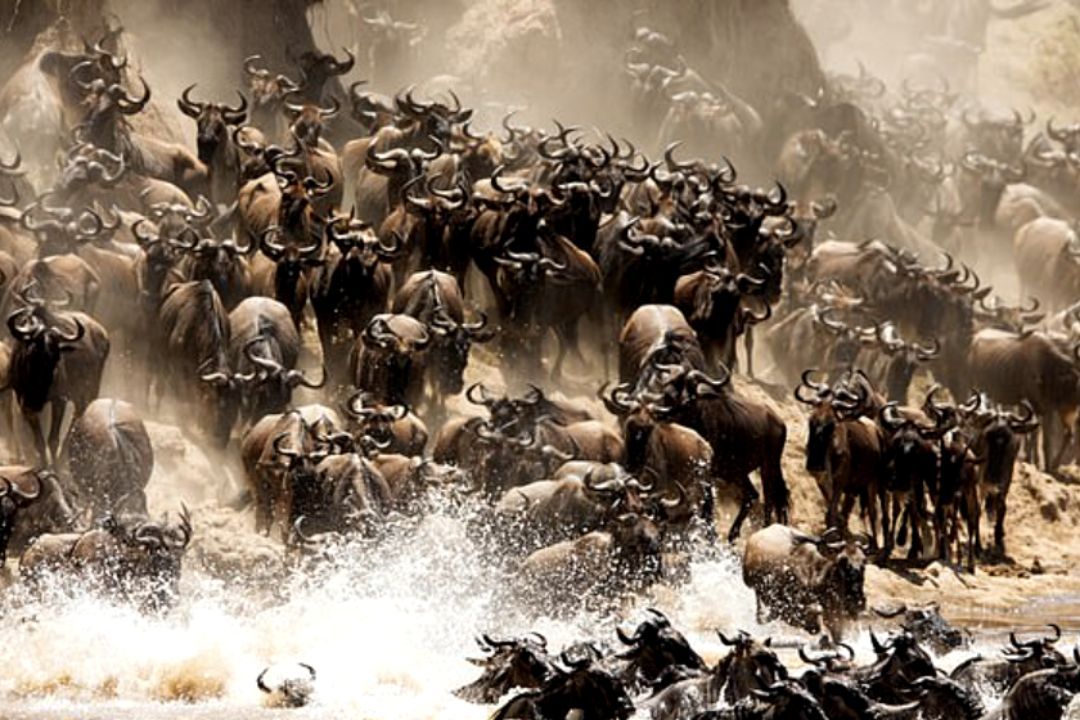
Also, check out some of our other articles :

